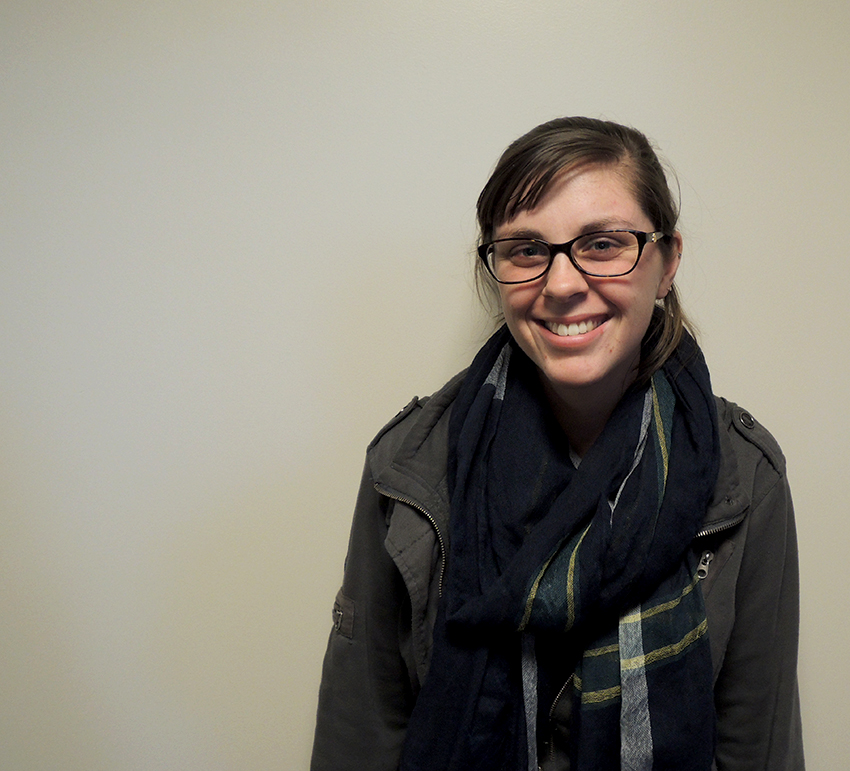Climate change exists. It is happening. You can no longer turn a blind eye to it, because you are living through it and contributing to it. We are experiencing climate change by anthropological means—the cultural development of humans.
The regularity of these large storms we call “superstorms” are only one of the effects of a changing climate. Our oceans are acidifying, water temperatures are rising, water levels are rising, glaciers (one of our freshwater sources) are melting, and on top of that, land temperatures are rising.
There is a natural carbon cycle that the earth uses to regulate carbon in the atmosphere. This cycle was mostly undisturbed until the industrial revolution. Carbon is generated by nature and then reabsorbed. According to John Cook (Climate Communication Fellow at the University of Queensland, Australia), and other sources, humans are expelling a mere 29 billion tons of CO2 a year while the natural world produces around 750 billion tons a year.
It is easy to conclude from this that human impact is minuscule, and not worth fussing over; however, the natural cycle of carbon can only make up for an additional 40% of carbon than what is natural, which leaves about 17.4 billion tons that accumulates in our atmosphere annually.
It has been argued that the earth’s climate has changed in the past without human assistance; the climate warmed after the Little Ice Age between the 16th and 19th centuries, and it is unlikely that it was caused by human CO2 emissions.
Through his studies and research, Gerald Meehl (2004) concluded that the climate responds to a variety of external forces. During the LIA, increased sun and volcanic activity caused the temperatures to begin increasing. On the contrary, since 1980, solar activity has been decreasing, and temperatures rising exponentially; once again the climate is reacting to an external force, but this time the major guiding forces are greenhouse gasses.
We are already beginning to see the destructive effects of climate change. Warming oceans allow stronger tropical storms, like Irene and Sandy, to develop. Scientists, like Kevin Trenberth of the National Center of Atmospheric Research in Colorado, argue that it’s possible the amount of snow dropped by Nemo was an effect of climate change. Ideal blizzard temperatures loom around 32 degrees. Historically, temperatures in February are well below freezing, which is not very hospitable for a blizzard.
The bottom line is that humans should be striving to have a minimal impact on the earth. Whether it is human-caused or human-propelled, climate change is happening, and we need to recognize its implications.
If anything, remember the words from Proverbs 22:3, “A prudent [person] foresees danger and takes precautions. The simpleton goes blindly on and suffers the consequences.”
Simple changes can easily reduce your carbon footprint. Carpool with people (you’ll make new friends this way, too) or, better yet, take the train, or walk. Turn your lights off when you don’t need them. Unplug your laptops when you’re not charging or using them.
Little things like these will reduce your energy use and the burning of fossil fuels that release carbon into our atmosphere.

